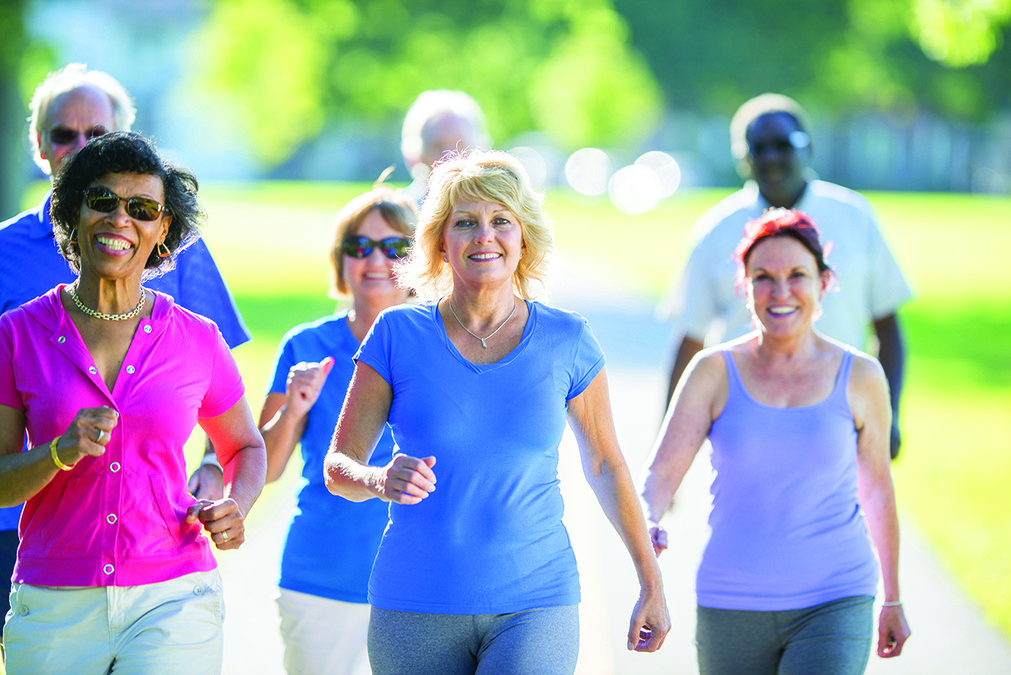Physical activity is crucial for people who aspire to maintain their overall health as their bodies age. Exercise improves flexibility, contributes to a healthy weight, reduces the risk for chronic illnesses, and may even help seniors maintain their independence well into their golden years.
The good news is that exercising regularly doesn’t have to be high-impact or strenuous to make an impact. Plenty of exercises are geared toward seniors that feature gentle yet powerful movements, and address specific needs like strength, bone health, cardiovascular health, and balance. Although many fitness routines are safe, it is best to consult with a doctor or another health care professional prior to beginning a new regimen so seniors learn which activities are appropriate for their individual needs and health conditions. As seniors prepare for those discussions, they can explore the following exercises many of their peers already enjoy.
Cardiovascular activities
It’s important that seniors elevate their heart rates and improve or maintain their endurance. The Centers for Disease Control and Prevention recommends 150 minutes of moderate-intensity aerobic exercise per week. These activities fit the bill for boosting the heart.
Brisk walking: Walking is a simple activity that requires no equipment and can be done almost anywhere – even in front of a television. Walk at a brisk pace to raise your heart rate.
Swimming: Swimming and water-based activities are enhanced by the buoyancy of water, which reduces stress on the joints.
Cycling: Whether riding on a stationary bike or a traditional one, cycling is a low-impact way to boost cardiovascular health and strengthen leg muscles.
Chair marching: Individuals with limited mobility can march in place while seated, an activity that can still elevate the heart rate.
Strength training
The CDC advises engaging in strength training at least two days per week for older adults. This doesn’t necessarily have to involve lifting weights. Body-weight exercises are quite effective, too.
Stand up: From a seated position, standing up without using hands and sitting back down works the legs, hips and core.
Wall push-ups: This modified push up builds upper body strength without putting strain on shoulders or wrists.
Resistance bands: Using these bands in varying strengths can effectively work arm and leg muscles.
Balance
Seniors need to focus on exercises that promote balance, which can help prevent dangerous falls.
Single-leg stands: Standing on one leg while holding on to a chair or counter for support is a start, with a gradual build-up for longer lengths of time.
Sobriety walk: Individuals can walk a straight line as if they are proving sobriety to a police officer, by placing the heel of one foot directly in front of the toes of another.
Gentle hop: Hopping (or stepping) gently from one foot to another is another balance technique to master.
These are just some of the exercises that are ideal for seniors who are returning to exercise or new to daily fitness. People also can work with trainers who are experienced at helping seniors get fit.





